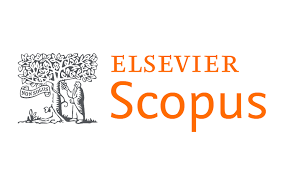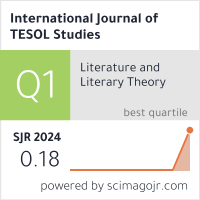2632-6779 (Print)
2633-6898 (Online)


Scopus
Ulrich’s Periodicals Directory (ProQuest)
MLA International Bibliography
MLA Directory of Periodicals
Directory of Open Access Journals (DOAJ)
QOAM (Quality Open Access Market)
British National Bibliography
WAC Clearinghouse Journal Listings
EBSCO Education
ICI Journals Master List
ERIH PLUS
CNKI Scholar
Gale-Cengage
WorldCat
Crossref
Baidu Scholar
British Library
J-Gate
ROAD
BASE
Publons
Google Scholar
Semantic Scholar
ORE Directory
TIRF
China National Center for Philosophy and Social Sciences Documentation
Carrie Symons
Michigan State University, USA
Yue Bian
University of Washington Bothell, USA
Abstract
Situated in a community-based summer enrichment program for multilingual, refugee-background youth, the purpose of the present self-study was to explore how teachers could draw upon systemic functional linguistics (SFL) (Halliday, 1978) to provide explicit attention to linguistic form and function (Lucas et al., 2008) in reading comprehension instruction. Data sources included video, audio, field notes, memos, and student artifacts. Through constant comparative methods and discourse analysis of instructional episodes, we found that the teacher’s knowledge of the SFL ideational metafunction informed how she scaffolded multilingual learners' co-construction of the “main idea” with two different informational texts (video and print). This study showcases how teachers can use their metalinguistic awareness and knowledge of SFL to amplify multilingual learners’ metalinguistic awareness, in the context of text-based discussions, to scaffold comprehension.
Keywords
refugee-background youth, reading comprehension instruction, systemic functional linguistics, linguistically responsive teaching, community-based education